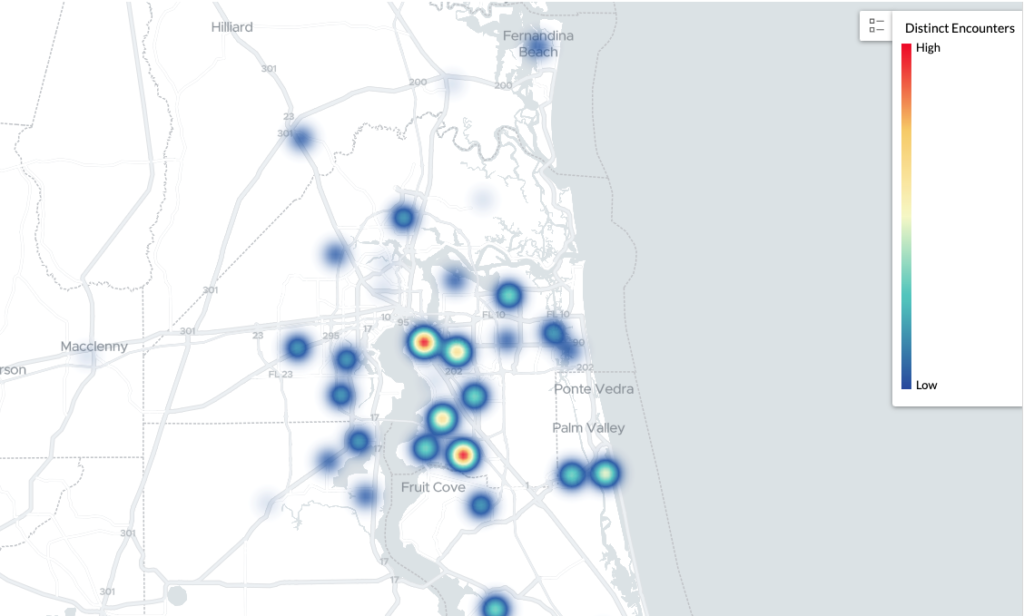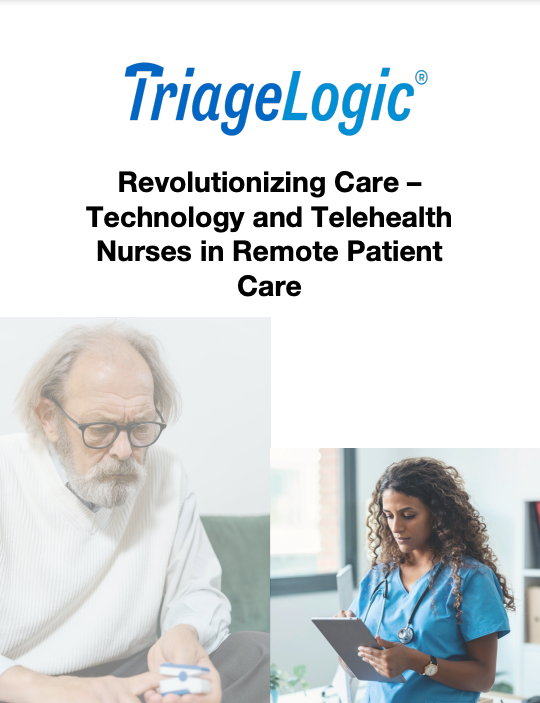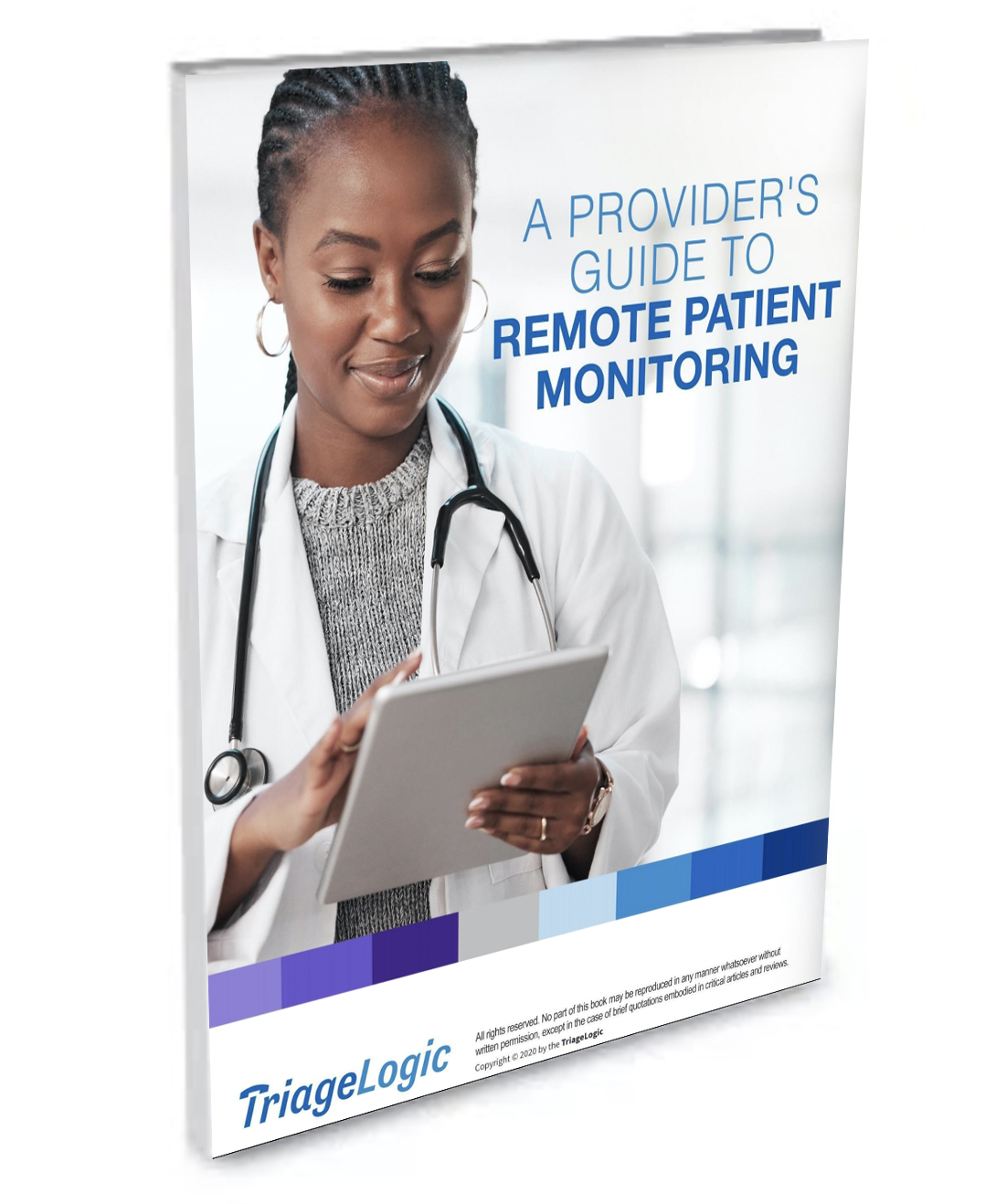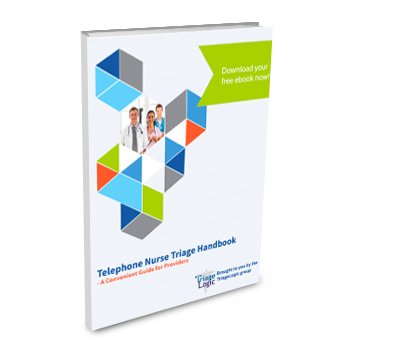If you’re a hospital administrator or a doctor’s office manager, you already know how chaotic high call volumes can get — especially for your nurse triage team. Patients are looking for guidance on their symptoms, your staff feels overwhelmed, and the risk of errors increases when things get too busy. That’s why we’ve compiled the best practices for managing high call volumes in triage that we think will benefit your team the most.
Here’s how to reduce bottlenecks and make sure that your patients get the care that they need, even during peak hours.
1. Use Standardized Triage Protocols
Chances are high that your office already uses some form of nurse triage protocols for adults and pediatrics. What’s important, though, is verifying that you have the latest available versions. Make sure to check at least once a year, as protocols are typically updated annually, after major medical events, or after reviewing change requests that doctors may submit.
If you don’t use protocols, here’s why they are essential: they offer consistency on every patient phone call and interaction that your team will have. For example, protocols developed by Dr. Barton Schmitt and Dr. David Thompson have long been used by practices so that every patient caller’s symptoms are evaluated based on the same clinical standards. This helps practices reduce their liability, prioritize patients’ needs effectively, and support clinician confidence.
If those protocols can be integrated with some form of nurse triage software, all the better. For example, TriageLogic’s myTriageChecklist actually includes the latest versions of Schmitt-Thompson protocols so that nurses can document all patient interactions thoroughly, and apply the appropriate questions based on reported symptoms.
While we’re on the subject of software…
2. Lean on Triage Software
Nurse triage software offers more than protocols and documentation. It can also share patient information directly with providers for improved decision-making and continuity of care. If your team is still relying on paper checklists or toggling between multiple systems, they’re more likely to make mistakes or have incomplete patient data. Nurse triage software streamlines this process so that information is organized, shareable, and HIPAA-compliant.
3. Prioritize Calls Based on Urgency
Not every call needs an immediate response, but your team needs a clear way to know which ones do. Effective triage intake sorts calls by severity so that patients experiencing emergencies are advised to call 911, urgent cases are referred to the ER, and nonurgent issues are scheduled for normal doctors’ visits.
Clear escalation pathways prevent delays in care and reduce the chances that serious conditions will escalate.
4. Schedule Staff Based on Data

Your call data can tell you when patients are most likely to need you. Reviewing your logs will allow you to spot daily, weekly, or seasonal trends. When available, make sure to use triage software analytics for these predictions, too.
Once you know when to expect high call volume, you can schedule your staff accordingly, including when you’ll need to bring in extra support.
5. Offer Self-Service Intake
Many calls to your practice may be nonurgent, but they still take up valuable time. Offering patients a secure way to self-submit their symptoms or requests — like through digital intake forms — can reduce the number of calls your nonclinical staff or triage nurses have to handle.
TriageLogic’s MedMessage Automate can help you save 3-7 minutes per patient request. It uses augmented intelligence to guide patients through dynamic intake forms that ensure complete, accurate requests are submitted directly to their providers.
6. Maintain Ongoing Training
Even experienced triage nurses benefit from refresher courses, or updated instructions when protocols and processes change. Regular training sessions, call reviews, and performance feedback help ensure everyone stays sharp and confident.
If you’d like to increase the number of calls you can actively review, we recommend taking a look at the benefits of QA Assist. It analyzes the symptoms that are documented during live calls to anticipate which protocols nurses should use, then compares results with the actual ones that they log.
Nurses may also benefit from triage training courses or free videos from our learning center.
7. Monitor Metrics and Adjust Accordingly
You can’t improve what you don’t track. Keep an eye on key metrics like call wait times, call resolution rates, and how often calls escalate to providers. These insights help you spot gaps, adjust processes, and ensure your triage system evolves with your practice’s needs.
8. Communicate Clearly With Providers
Triage nurses and providers should be on the same page. Establish clear channels so nurses can escalate concerns quickly, and so doctors can understand what they’re asking.
Part of this may involve the use of secure texting, which allows doctors to address nurse questions and patient symptoms during situations when verbal communication may not be possible.
Need Phone Backup? Nurse Triage On Call Is Ready
Sometimes, even the best processes and staffing can’t keep up with demand — especially after normal office hours or during unexpected call surges. That’s when outsourced nurse triage can serve you greatly.
TriageLogic’s Nurse Triage On Call provides access to a medical call center of experienced registered nurses who are available 24/7 to act as an extension of your practice. Nurses follow the same industry-standard Schmitt-Thompson protocols mentioned above, coupled with our nurse triage software. Your patients will receive consistent, high-quality care both day and night, whenever they have questions and concerns about their symptoms.
With Nurse Triage On Call, you can:
- Handle any number of calls without hiring more staff.
- Reduce patient wait times.
- Improve patient safety and satisfaction.
- Minimize provider burnout.
- Divert nonurgent cases from going to the ER, and vice versa.
Ready to Implement These Best Practices?
Managing high call volumes doesn’t have to be overwhelming. By following the steps outlined above — and knowing when to bring in extra support — you can keep your office running smoothly and make sure that your patients receive the care that they deserve.
Want to learn more about how our solutions like Nurse Triage On Call can support your practice? Let’s schedule some time to talk about a customized program!
About TriageLogic
TriageLogic is a URAC-accredited, physician-led provider of top-quality nurse telehealth technology, remote patient monitoring, and medical call center solutions. Founded in 2006, the TriageLogic Group now serves more than 22,000 physicians and covers over 42 million lives nationwide.





